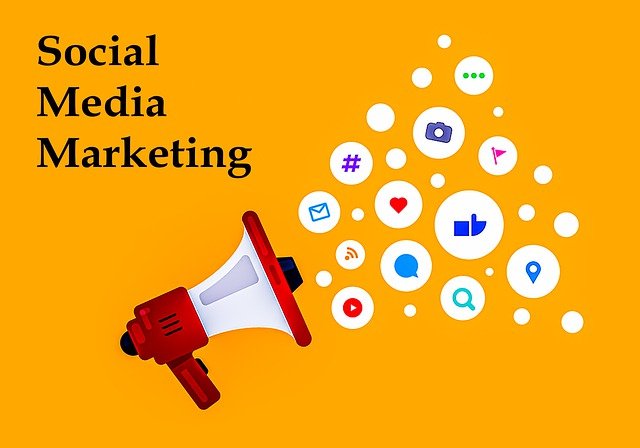If you’re finding it challenging to reach your target audience and generate leads through digital marketing, you’re not alone. Many businesses struggle with this, but one solution is leveraging the power of social media. In this article, we’ll explore how you can use social media to boost your digital marketing efforts and drive results.

What is Social Media Marketing?
Social media marketing is the use of social media platforms to promote a brand, product, or service. These platforms, including Facebook, Twitter, Instagram, and LinkedIn, provide businesses with a way to connect with their target audience, engage with them, and promote their offerings. Social media marketing can take different forms, such as paid advertising, influencer marketing, and content marketing. However, the most effective strategies are those tailored to the unique needs and preferences of your audience.
Why Use Social Media for Digital Marketing?

Using social media as part of your digital marketing strategy has several benefits:
- Reach a broader audience: Social media platforms have billions of active users, providing an ideal place to connect with potential customers.
- Increase brand awareness: Consistent posting and engagement with your audience on social media can increase brand visibility and awareness.
- Generate leads: Social media can be an effective lead generation tool, helping you attract potential customers and convert them into paying customers.
- Build relationships with customers: Social media provides a way to engage with customers and build long-term relationships.
How to Use Social Media to Boost Your Digital Marketing Efforts

To boost your digital marketing efforts with social media, follow these key steps:
Step 1: Define Your Social Media Objectives
It’s essential to define your objectives before using social media to promote your business. What do you hope to achieve through social media? Are you looking to increase brand awareness, generate leads, or build relationships with customers? Once you’ve defined your objectives, you can develop a social media strategy aligned with them.
Step 2: Identify Your Target Audience
The next step is to identify your target audience. Who are you trying to reach with your social media marketing efforts? What are their needs, interests, and preferences? By understanding your audience, you can create content and messaging that resonates with them and drives engagement.
Step 3: Choose the Right Social Media Platforms
To maximize the impact of your social media marketing efforts, it’s essential to choose the platforms most relevant to your target audience. Each social media platform has its own unique audience and features. For example, if you’re targeting a younger demographic, platforms like Instagram and TikTok might be a good fit. If you’re targeting professionals, LinkedIn might be a better option.
Step 4: Develop a Content Strategy
Once you’ve defined your objectives, identified your target audience, and chosen the right social media platforms, it’s time to develop a content strategy. Your content strategy should include the types of content you’ll create, how often you’ll post, and the messaging and tone you’ll use. Some types of content that work well on social media include blog posts, infographics, videos, images, and user-generated content.
Best Practices for Using Social Media in Digital Marketing
To get the most out of your social media marketing efforts, consider these best practices:
- Consistency is key: Regular posting and engagement with your audience can build trust and increase brand awareness.
- Use visuals: Visuals like images and videos can grab attention and increase engagement.
- Engage with your audience: Respond to comments and messages promptly and in a personalized way.
- Monitor your results: Track your social media metrics to see what’s working and what’s not, and adjust your strategy accordingly.
- Experiment: Try new types of content, platforms, and strategies to see what resonates with your audience.


